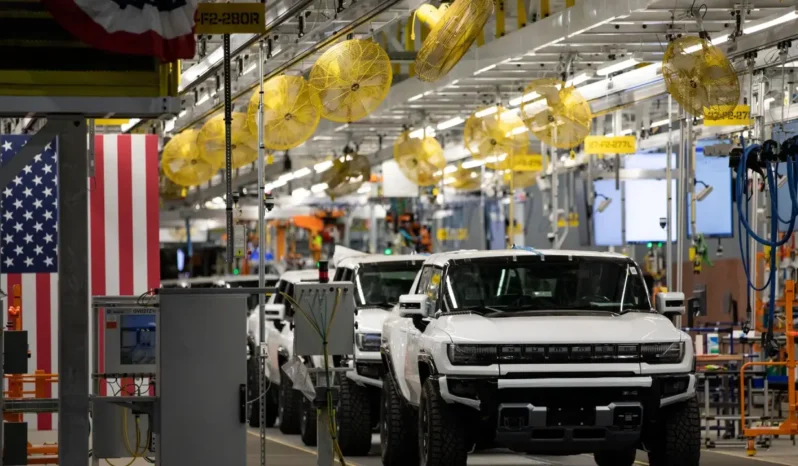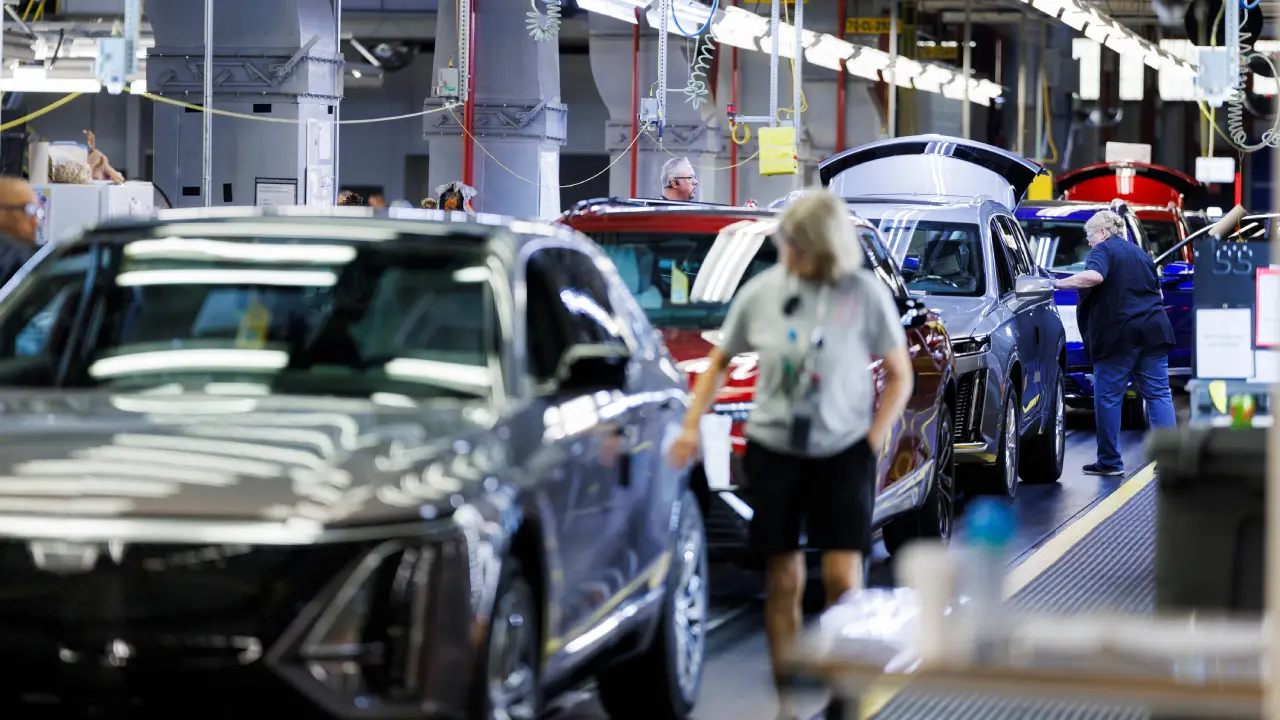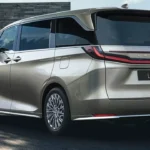General Motors (GM) posted a $1.6 billion loss in EV sales for the third quarter of 2025. Marking the automaker’s aggressive electrification strategy. Remains beset by significant cost challenges. The performance, reported on October 15, 2025, highlights the substantial expense. Shifting from internal combustion engines towards an all-electric lineup.
Though incurring the loss, the company reiterated long-term faith in EVs. Pointing out that heavy investment in Ultium battery technology. Supply chain growth, and new vehicle offerings is essential to future competitiveness.
GM: Key Financial Insights
- The EV loss of $1.6 billion demonstrates ongoing squeeze. From development and production expenses related to new models under Chevrolet, GMC, and Cadillac.
- Global supply chain disruptions and delayed component shipments. They have increased production costs and pushed rollout schedules behind.
- GM reported that total revenue from EVs increased year-over-year. But above-expected input prices cancelled those gains out.
- Legacy vehicle sales assisted in tempering GM’s overall corporate prognosis. Averting deeper quarterly declines.
Also Read: Lexus LM 350H: Ultra luxury Hybrid MPV
GM: New Launches and Technology Focus
GM’s EV pipeline continues to be hot even with delays. The company confirmed ramp-up plans on upcoming models:
- Next-gen Chevrolet Bolt EV: Anticipated launch late in 2025 with a revised Ultium-based platform.
- GMC Sierra EV and Cadillac Lyriq growth: Focused on more affordability and higher production levels.
- Ultium battery technology improvements: GM is working to optimize more-density cells that will reduce cost per kWh and enhance range efficiency.
These product growths put GM directly in competition with Tesla, Ford, and Rivian. All of which are also ramping up EV investments despite increasing cost hurdles.
ELCTRIK Speaks
GM’s financial difficulties reflect a wider industry slowdown in EV profitability. Increasing interest rates, guarded consumer spending. Intense international competition has influenced automakers’ capacity to maintain margins. Experts forecast that although losses will continue into early 2026. Cost savings from technology advances and strategic alliances will increasingly assuage financial strain.







